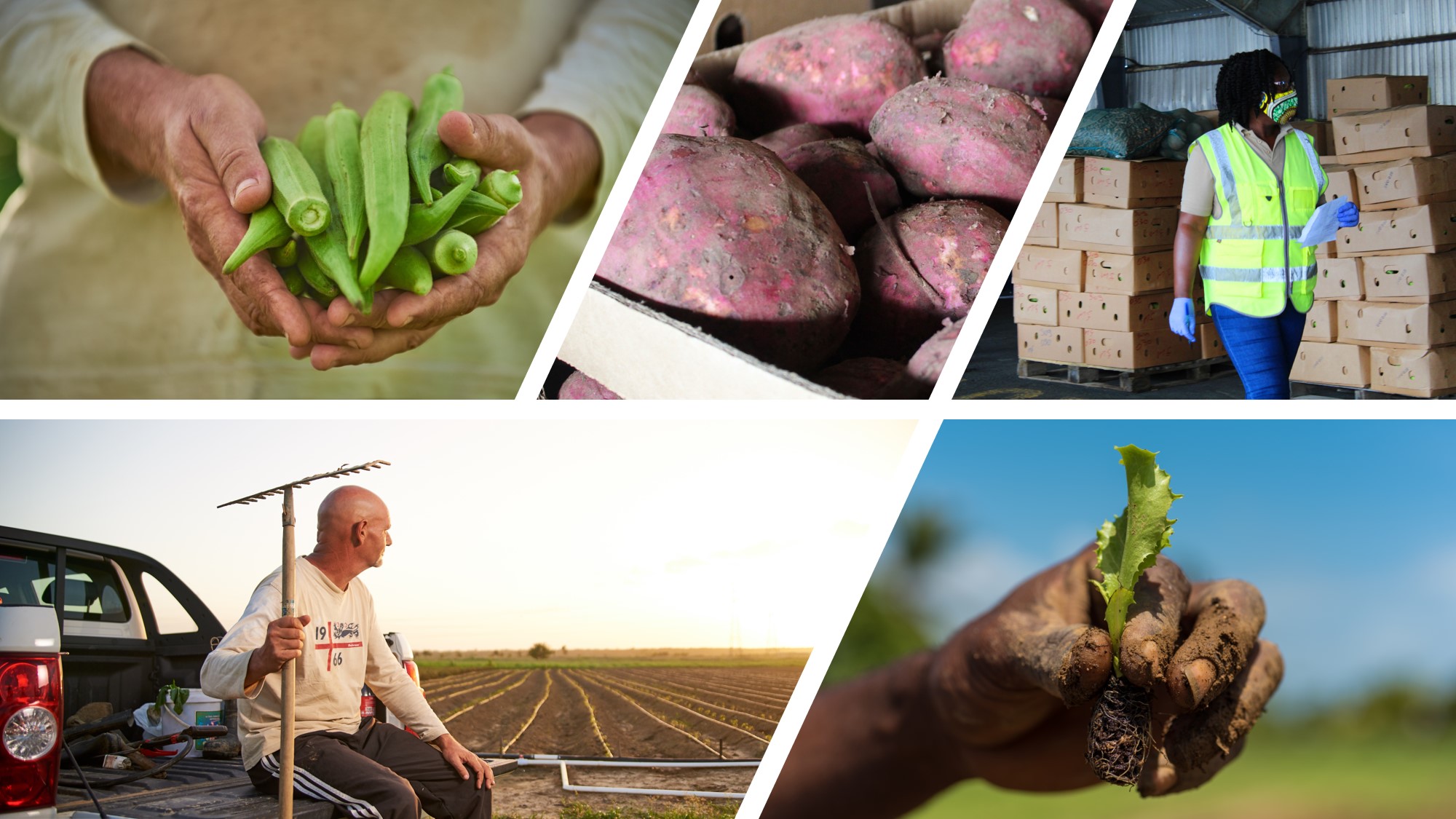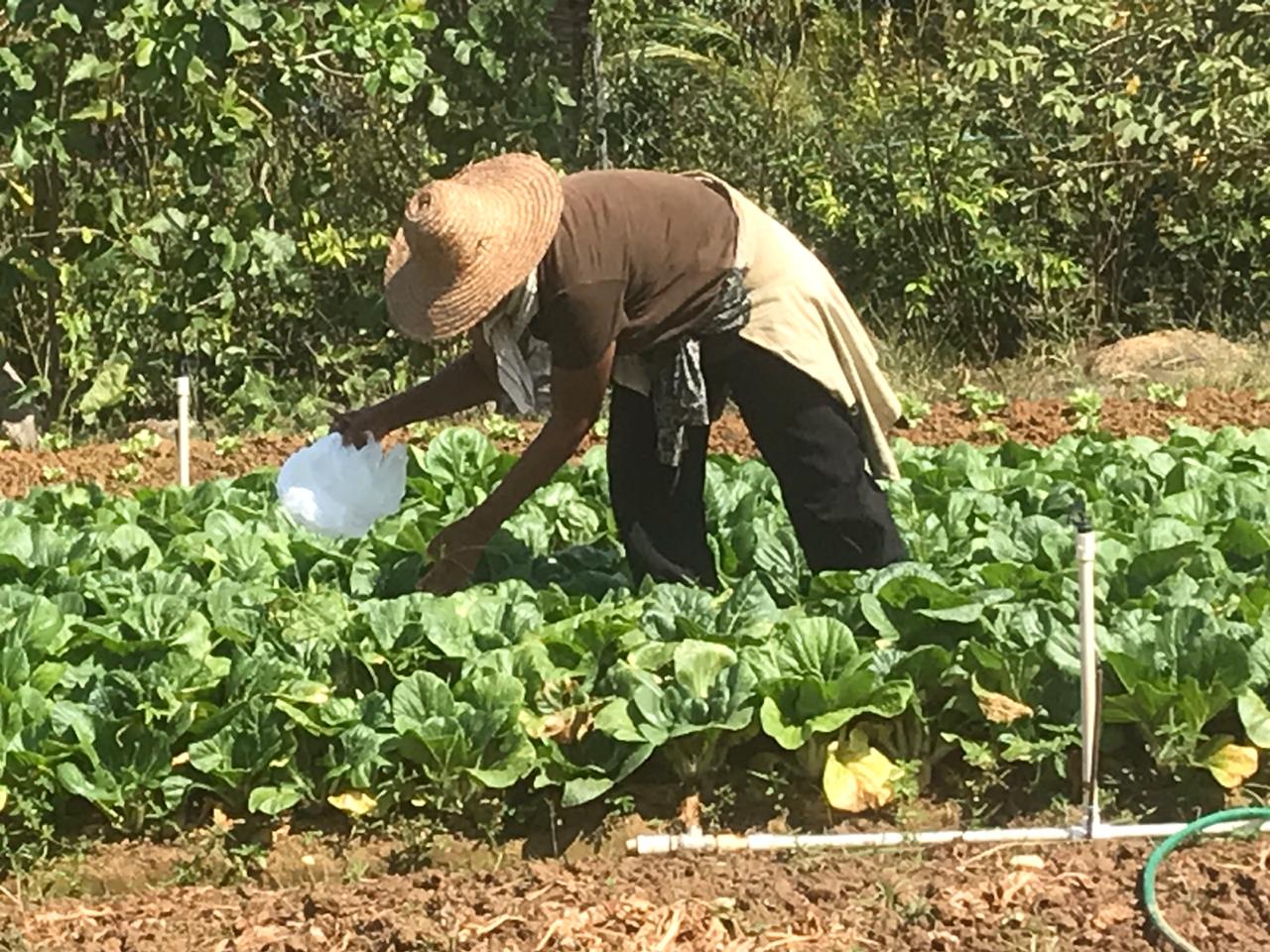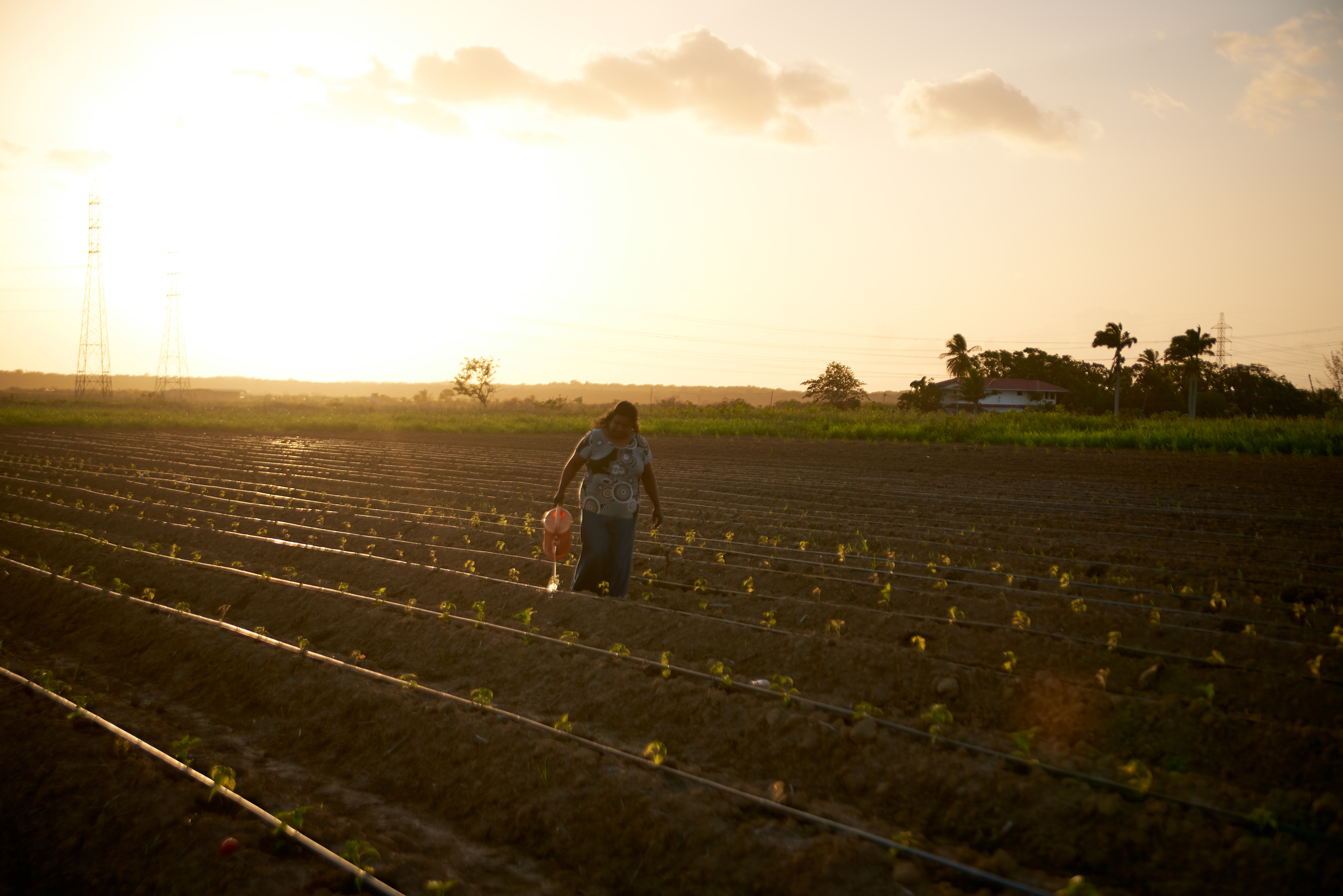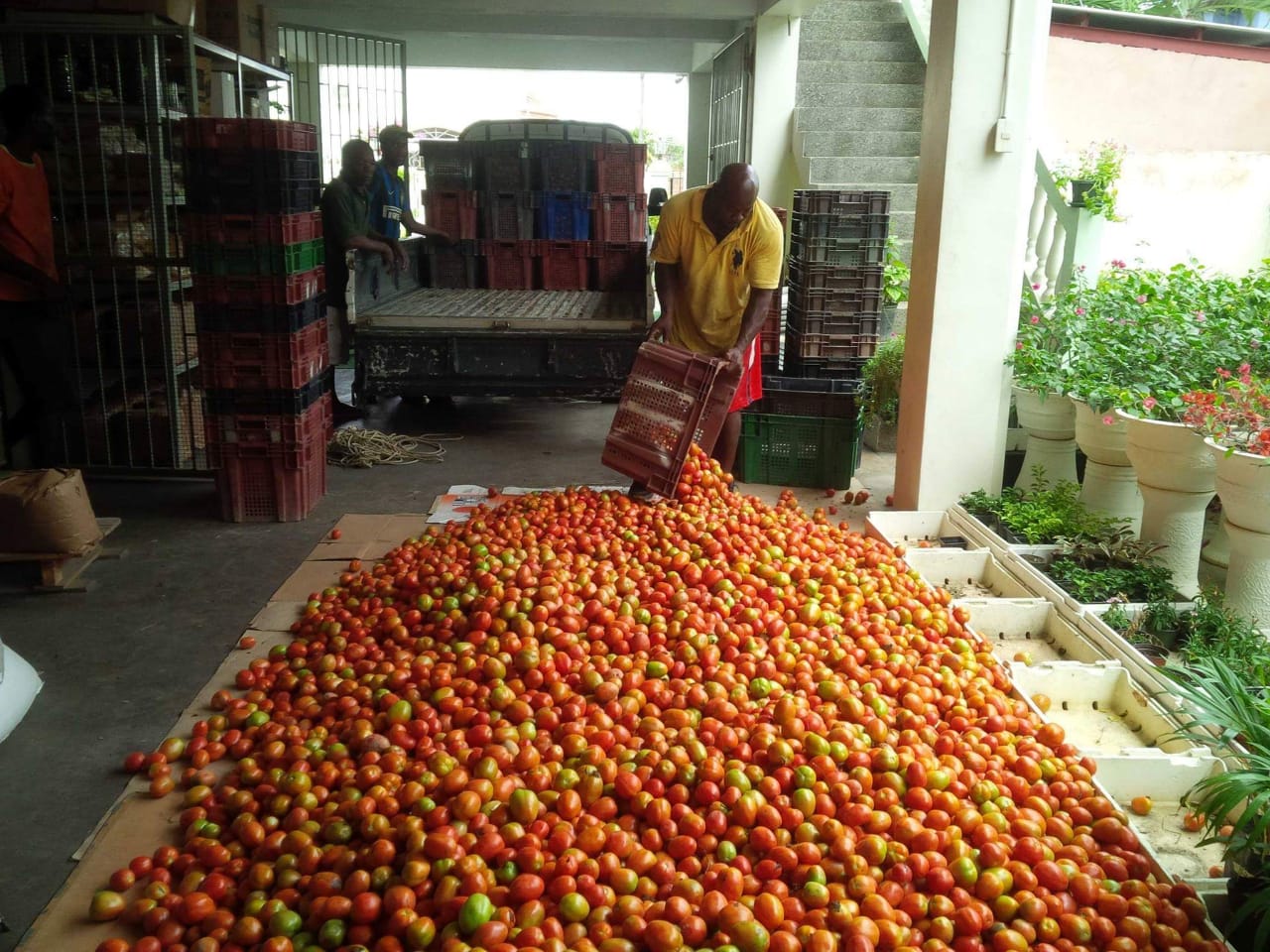
The Pandemic Response Playbook
As the COVID-19 pandemic plays out differently in virtually all countries of the world, one thing was evident- countries are following, with different degrees of intensity, a similar playbook. The continuous and comprehensive daily local, regional and international coverage on the state-of-play for COVID-19 indicated that the first act was lock-down, first the borders and then non-essential parts of the economy.
|
“The impacts of an uncontained global pandemic are nothing like the impacts of a location-specific hurricane, even one as devastating as a Category 5” |
Through simplistic understanding, the first response seems to have been a:
- public health response: to contain and/or stop the spread, through social and physical distancing, either through moral suasion or mandatory edict, and testing, testing, testing, to get the critical information base so that authorities can get to know the extent of the potential problem.
- medical response: to isolate the infected from the general population, an essential complement to the public health response, and to treat and accelerate efforts to work on a vaccine, if one does not yet exist.
Though distinct yet inextricably linked, these first responses are typical with the sole purpose of ‘saving lives’ – the first priority in any and all disasters of whatever origin. The time lapse between the impact, the initiation and quality of these responses dictates whether the authorities maintain moderate controls over the impacted population or take extreme measures. It is now very clear, that the impacts of an uncontained pandemic are nothing like the impacts of a hurricane, even one as devastating as a Category 5. Why? Because once the hurricane is over within at most a 48-hour period, the government, private sector and citizens focus is on bringing back the economy and providing immediate relief. The still evolving COVID-19 pandemic and the unprecedented economic shut-down response has made the issue of relief critical to impact mitigation and socio-economic recovery.
The second response, stabilising socio-economic order through relief packages, is an essential complement to the first response. As observed in countries worldwide, the relief effort is driven by the need to provide:
- economic relief to the business sector and temporary jobless due to the required suspension of economic activity, which also affects social, recreational and sporting activities.
- social relief to address the most vulnerable in society, such as the aged, unemployed, homeless, etc, through enhanced access to basic supplies, mainly food and medicines.
During periods of crisis, particularly those of unknown duration and those for which there is no historical experience or current ‘treatment’, the levels of uncertainty and anxiety are extremely high, exacerbated by ‘shelter/stay at home’ requirements. Providing assurances and bringing tangible relief to industries and households therefore is as important as the public health and medical interventions.
Even as the first and second responses are in play, government authorities, working with the private sector, must simultaneously prepare the third response - ‘securing and building back livelihoods’ at all levels of income and wealth generation, built on stimulating employment and consumption, through what is commonly referred to as an:
- economic stimulus to reboot the productive sector and rapidly restart economic activity to either avert further decline or rescue the economy, depending on the duration of the crisis and depth of impact.
As the extreme measures are phased out, all economic sectors and industries, essential plus non-essential are eventually brought back ‘online’. The cogs of manufacturing, services and aggregate demand once again work to take the economy to an adjusted new normal, even within the other challenges that remained in the background while this particular crisis took centre stage, such as ongoing climate change impacts.
Where do Farmers fit?

Past experiences suggest that the farm and food production sector is not typically considered as part of the first responders. They seemingly have no direct role in ‘saving lives’, at least not in the physical or medical intervention interpretation. This comes later, to ensure that once the threat is contained and lives are no longer in immediate risk, then they need to be sustained – through an assured and adequate source of food. The jury is still out on whether this food should ‘fuel the body’, by assuring nutrition, or in extreme situations, needs to ‘fill the body’, i.e., staving off hunger at all costs. This choice is well appreciated based on past experiences in Haiti.
|
“farmers and food producers must be considered as essential services to save lives through their critical contributions to food and nutrition security” |
In a public-health crisis, farmers and food producers must be considered as fitting within the category of:
- ‘Saving lives’, in the same way as doctors, nurses and public and medical health professionals are essential for a successful ‘first response’. Without farmers, whether in traditional open-field farming or using innovative, protected farming, at any scale, the farm sector could be further debilitated. This is especially critical in the Caribbean, which, for over three (3) decades has reported that the farm sector comprises ‘an aging farming population’. This is still the situation today. Typically, the farmer will be concerned about securing crops/livestock in field and established markets. However, farmers need to appreciate the importance of securing their own health, first. Farmers also need to be assured that they will benefit from support measures in the second and third response phases. Whether or not Caribbean farmers have this assurance is debatable. Experience shows that risk mitigation systems for agriculture are largely non-existent with a tendency for reactive mobilisation, disaster by disaster or crisis by crisis.
- ‘Essential services and industries’, in the same way as pharmaceutical companies and research laboratories are essential to developing medical solutions to combat the crisis; and workers in the health and hospital, utilities (electricity, water & sewerage, telecommunications, fire, sanitation), logistics (land transportation, air and seaports), oil and gas and other industries are deemed critical to keep key parts of the economy working. Food stock may provide enough cover for three to six months and cargo imports continue due to maintenance of essential port operations during a crisis. However, securing supplies during a crisis cannot be largely left to the management of food imports. The farm sector must be elevated to an essential sector/industry to ensure that food production, following all food safety and public health requirements, is maintained throughout the crisis to secure access to fresh produce and to mitigate further vulnerability in the event of food import supply chain disruptions.
The time to establish measures to genuinely secure long-term national food supply of nutrient dense foods that explicitly includes and enables local food production (farming and agro-processing) is not in the throes of a crisis. The throes of a crisis provide the opportunity to ensure that the farm sector is mobilised to continue to produce as an essential service for national security. There need to be a focus on ensuring that farmers can continue to farm, safely, while the entities responsible for marketing and distribution - state and/or private sector – are mobilised, in a similar manner as the ‘Defence Production Act’ in the US, which, among other provisions, authorizes the US President to requisition property, force industry to expand production and the supply of basic resources. Local farm produce should be deemed as a basic resource.
Agriculture elevated to an Essential Service/Industry

The COVID-19 pandemic provided the unprecedented opportunity for policy makers and state legislators to amend current Public Health Acts and/or Ordinances to explicitly and unambiguously include the agricultural sector (farming) and food production (agro-processing/manufacturing) as an essential service or industry. This quick and decisive action was seen in several CARICOM Member states, such as in:
- The Bahamas, on 25 March 2020, in Order 5 (1) (m) of the Emergency Powers (Covid-19) (No.2) Order 2020, where the farm sector was accorded explicit status in the ‘Exempted Businesses and Undertakings’, under ‘Farming, Horticulture, Agricultural and Fisheries Resources’.
- Trinidad and Tobago, on 27 March 2020, through an amendment to The Public Health [2019 Novel Coronavirus (2019-nCoV)] (No.4) Regulations, 2020, which explicitly detailed under ‘services relating to food, beverage and agriculture and fisheries’ and ‘critical manufacturing such as workers necessary for the manufacturing of materials and products needed for medical supply chains, transportation, energy, communication, food, beverage and agriculture ……” as part of the essential services and industry.
|
“The shut-down of several elements in the non-essential services and industry sectors, particularly all schools, restaurants and food services and offices, presented farmers with a new secondary and unanticipated impact - sudden disconnection to their markets” |
Championed by the Ministers of Agriculture in these countries, these actions responded to the immediate crisis. They must also be seen as a highly applaudable step to strengthen the sector’s capacity to respond to future crises. However, the COVID-19 lock-down experiences indicate that even as farmers were allowed to continue producing food, the shut-down of several elements in the non-essential services and industry sectors, particularly all schools, restaurants and food services and offices, presented them with a new secondary and unanticipated impact - sudden disconnection to their markets. National school feeding programmes are an important outlet for local fresh farm produce. With all schools suspended, this market literally disappeared, albeit temporarily, overnight. The phased shut-down of restaurants and food services from take-out only to full closure dealt local farmers another blow.
Again, and even in the absence of any historical precedent, efforts by the governments and the private sector, including individuals, non-state actors and grassroots movements to mobilise all forms of local food storage, marketing and distribution have been commendable. The continued operations of farmers’ markets and the rapid increase in online fresh produce direct marketing and distribution illustrate that crisis can indeed induce innovation or force a more rapid embrace of information and communication technology as a solution to long-standing agricultural sector problems.
Last words

I would venture to say that the collective ‘we’ should not invest our collective limited time and divert our already stretched and limited resources (finances, technical, infrastructural, social) into knee-jerk responses to tackle COVID-19. Several of the current and unfolding impacts of COVID-19 were predictable and, in some measure, can find some precedent in other crises. Whatever actions are taken now, triggered by COVID-19, need the commitment from all, that these efforts will be converted into a well-defined and common response protocol to mitigate the severity of impacts on the agricultural and food supply chain and household nutrition. This response protocol should lend itself to automatic mobilisation at all levels, among governments, private sector, development institutions and civil society, in the event of an external threat, particularly one that has global implications.
Unless we learn from past errors, we will mobilise all we have, divert all existing resources and neglect equally important activities to respond to COVID-19 above all else and still not take steps to ensure that these efforts place us in a better position to respond to expected recurrences of whatever threats, projected to come whenever, such as the diverse and global impacts from climate change.
|
“The Caribbean is currently pre-occupied with overcoming COVID-19 while another imminent threat loom: the 2020 Hurricane season” |
The Caribbean is currently pre-occupied with overcoming COVID-19 while another imminent threat looms: the 2020 Hurricane season. The essence of farmers will again be tested during the coming six to seven-month period. This is when rainfall and winds could be intense, and could cause disruptions in the domestic agricultural supply chain of a different kind, i.e., significant damage and loss to farms and reduced availability of fresh agricultural commodities.
* Diana Francis, IICA-Trinidad and Tobago Representative
Note: The opinions expressed in this Blog are the responsibility of the author and do not necessarily reflect the opinion of IICA.
Comentarios del blog
Diana, muy enriquecedor tu…
Diana, muy enriquecedor tu artículo con una mirada que refleja situaciones, posibilidades y desafíos para el Caribe. Concuerdo en la importancia de aprovechar la oportunidad, por paradójico que resulte, del COVID para formular e implementar propuestas de acción, más allá de la contención de la pandemia, orientadas a superar problemas y limitaciones estructurales que han sido freno para el desarrollo de nuestros países.
Saludos.
Very important what you…
Very important what you highlight about the need to not only focus on a single hazard but foster an integrated risk management approach that allows for increased resilience to multiple hazards and addresses the underlying structural weaknesses in the agri-food system that threaten food and nutrition security over the long term.
Añadir nuevo comentario